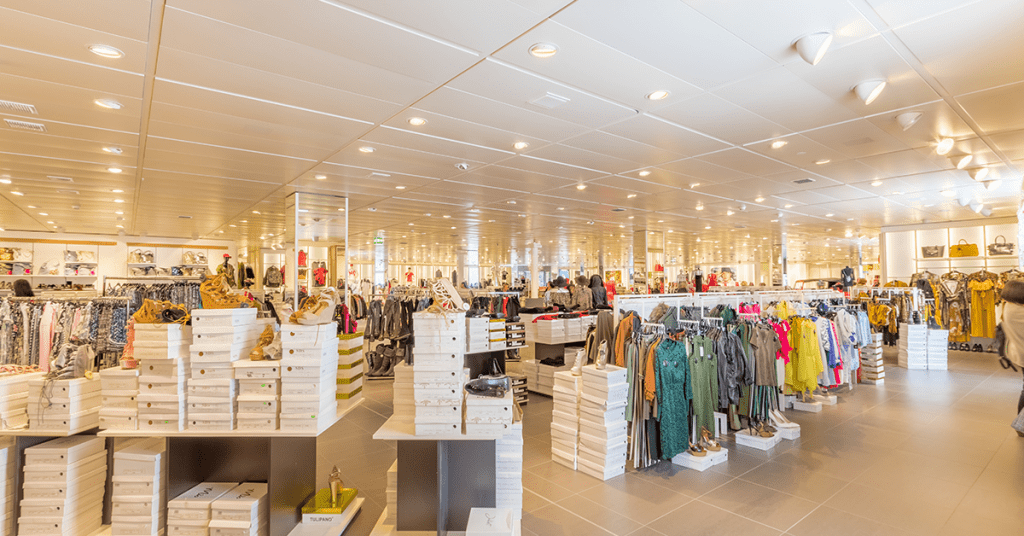
Emotions play a huge role in shopping and since most emotions are triggered by what the shopper is experiencing in real time, lighting plays a major role in affecting that overall experience and establishing a very specific brand persona in the consumer’s mind. But how?
Lighting is considered an atmospheric element like design, music or scent and using the right combination of those elements will greatly affect their purchase behaviour. A recent study suggests that having brighter lights often lead to impulsive purchases and vise versa, having a dimmed shop will often lead to slower movement in the place and a lack of motivation or interest to buy.
While many millennials choose to shop online, almost 82% choose to visit the physical store for the experience and to examine the product before purchasing. This puts more load on the store owners to provide an in house experience that can match the online one and part of that is the lighting. Whether a store, a supermarket or even a mall, making sure your aisles are bright so your products look clean or fresh goes a long way.
The light you choose depends on the atmosphere you’re looking to incorporate in your store. For example, you’ll notice that most formal wear stores that sell dresses or suits will often use warm lights because they hope to create a laid back relaxed experience, accompany that with music and cozy furniture and you got yourself a happy customer. On the other hand, supermarkets tend to use very bright white light to showcase the variety they have and illuminate the isles because any other scenario would involve people not finding what they need.
So how is successful lighting achieved in a retail environment?
We first need to establish contrast of lighting as a concept. How the eye sees an object depends on the surface that is lit in comparison to the object in the dark. To achieve contrast of lighting you must decide early on the surfaces that you’d like to particularly highlight and which products you’d like to keep in a lower shade of light
It’s important to know that there are 3 main types of lighting used to achieve this: Ambient, Task, Accent lighting.
Ambient lighting: used to provide overall illumination and it’s usually the first layer of lighting. You’ll find it normally in offices, kitchens and hallways.
Task Lighting: used for detailed task work such as reading or grooming. An example of task lighting would be pendants and table lamps.
Accent Lighting: usually 3 times as powerful as ambient lighting and is used to grab attention to an architectural element or a painting.
The combined use of all the above creatively can highlight the merchandise or products in your store.
Great Lighting can often be described as being:
Future Proof
Flexible
Diverse on the rail
Seamless when it comes to integration
Efficient and energy saving
It’s also best to remember that great lighting is about creating a great experience. It is felt, not seen, but lighting can often be overlooked when it’s great but sticks when it’s bad or isn’t as effective so always ensure a positive shopping experience with superior light quality.
